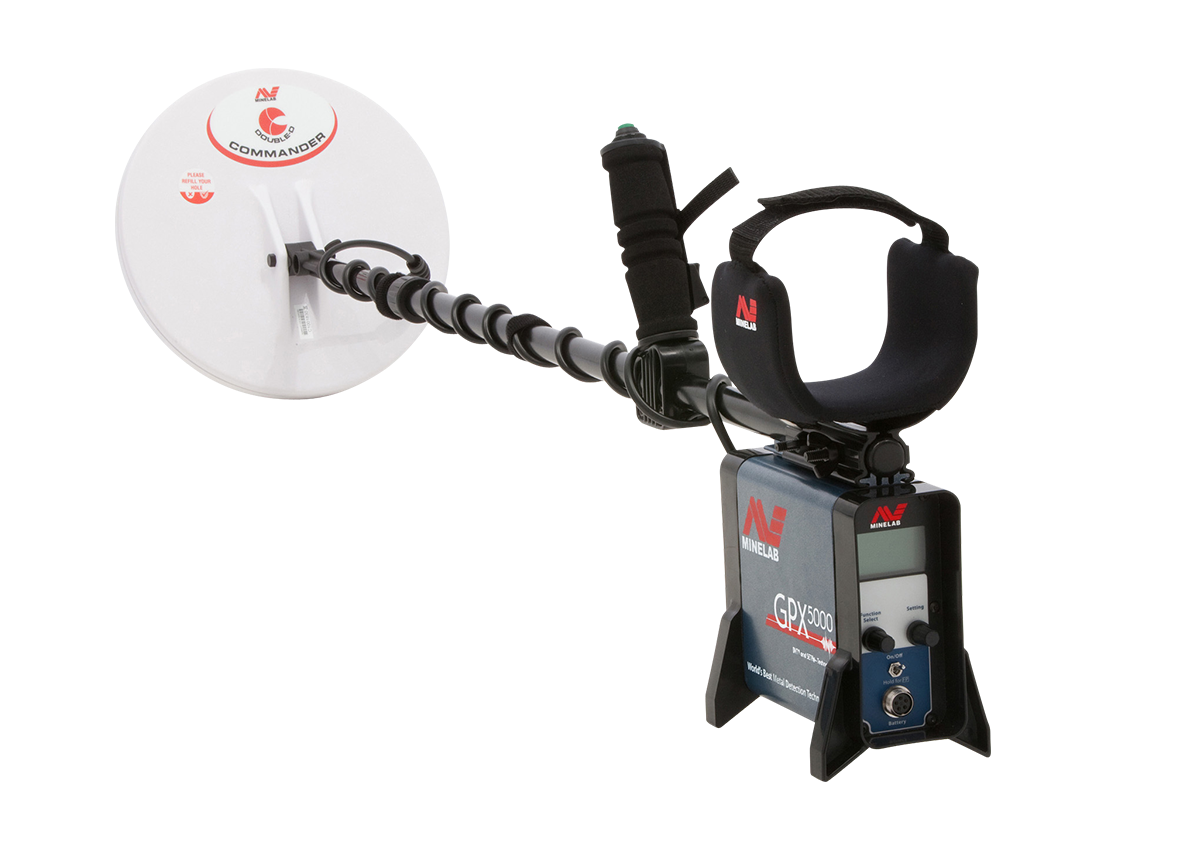How much deeper does the new Minelab detector go compared to the previous model? I hear that question a lot and to be honest get a bit stumped on it. Not because it’s hard to answer. It’s just more complex to explain properly without going to the major effort of demonstrating it to the uninitiated…
If you added up all the depth % claims of new detectors released in the last 20 years you’d expect to be seeing people digging down to ridiculous depths for even smaller sized nuggets. Although partially true, that’s not always the case because depth is relative. What this means is that a metal detector has to be able to separate a target signal from ground noise and this is usually only possible with advanced technology, especially in heavily mineralised ground. Recently, there was a very large nugget find in North Queensland. A nugget in excess of a kilogram is, in my book, a very large nugget! I’ve only ever found a handful of them in my career so consider them a rare event, even in areas that have a history of large nugget discoveries, such as Victoria’s Golden Triangle and, to a lesser extent, some parts of WA and North Queensland. In the write-ups around the ‘net, it was mentioned the nugget was “only” found at a moderate depth of 6 inches. Of course the immediate negative public comments were that it could have been found with any brand/type of detector calling into question the experience of the lucky finder and the advantages of the Minelab GPX 5000 detector he was using.

I have no direct knowledge of the nugget in question, other than what has been published, so will instead relate to readers my own experiences with large nugget find’s and their sometimes surprising lack of depth and signal strength on some detectors. Over the years, I’ve often been amazed by how shallow some of the larger pieces of gold I’ve found have been. Soon I realised that their signal responses can often sound very much like ground noise in variable environments, due to the size of the gold and the broadness of the signal. This means unless you’re using a detector that has the ability to mask out or remove the bulk of ground noise you could very easily leave a very large nugget undiscovered, even at moderate or shallow depths.
North Queensland is a lot more mineralised than people think. The gullies in particular have a bad habit of having decomposed clays at their base which can manifest a very large nugget-like signal response due to the moisture content contained in those clays. This is further exacerbated by the salt content causing surprisingly large pieces of gold to be masked or barely make a signal, even with the more modern detectors such as the GPX 5000.

Signal responses of targets are always relative to the surrounding ground signal. If the ground signal is equal to or greater than the target signal then you (the operator) will have a hard time differentiating the target signal from all the background clutter. This is typically the case with any inexpensive low-tech detector that cannot effectively ground balance, so the first requirement is to arm yourself with the best detector you are able to, appropriate for goldfields conditions. An experienced operator will also have a few tricks up their sleeve. One is careful coil control both in coil height but also coil sweep speed. Often a suspect target signal will improve if the coil sweep is varied until the ‘sweet spot’ is found. Sometimes it even pays to lift the coil above the ground ‘effect’ to allow the target signal to manifest properly. This is because the ground signal loses strength very rapidly as the coil is lifted away, whereas a target can hold in there for longer (the same is true for most hot rocks). Usually in situations like this, it pays to run conservative settings such as Volume and Sensitivity/Gain; then let the Minelab technology do the work for you. Some of my best nugget finds have come about because I had a technological advantage which allowed me to find a small nugget in difficult ground which kept me in the area long enough to eventually hit the payday on a large gold target that was hidden out of the way in an unlikely spot.
There are so many variables; angle of the coil, time of day, EMI, the list goes on and on, however, in my opinion, this happens far too often to be merely anecdotal evidence! At the end of the day, there’s a reason why so many people out in the wilds of the Australian goldfields are swinging Minelab metal detectors. The detector you decide to use can have a big say in helping find that 1 kilo piece at “only” six inches!
© Jonathan Porter 2017





















Comments
To make comments you must be logged in, please note comments will not display immediately due to moderation